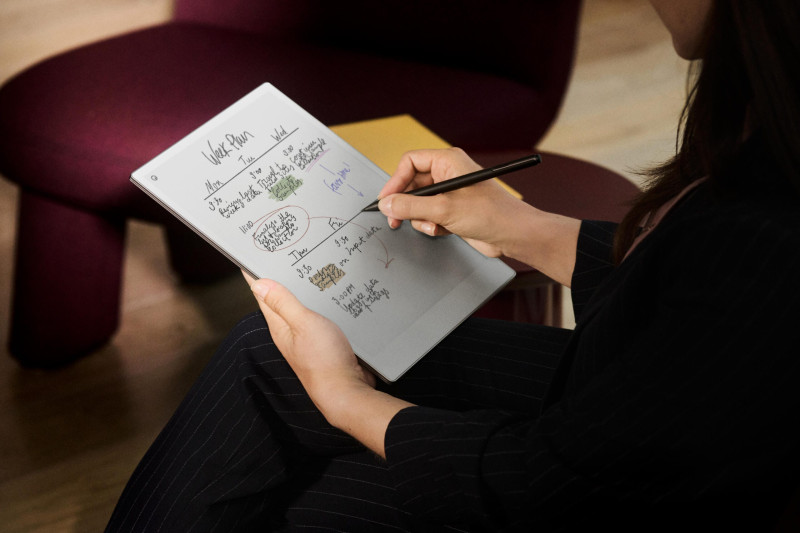
In school, laptops are the primary method for taking notes by typing. Few people take notes by hand anymore, but this has changed significantly in the past few years with the emergence of e-notebooks like the Kindle Scribe, Kobo Libra/Sage, Remarkable, and Boox devices. What is the best way for students to study and retain knowledge?
A study published in the Association of Psychological Science found surprising results when comparing students’ abilities to comprehend and retain information presented in a lecture while typing notes on a laptop versus writing longhand. The longhand note-takers understood the information better and could recall more than their keyboard-equipped counterparts. However, longhand writers produced about 70% fewer words, while the keyboarders could transcribe lectures almost word-for-word.
Other research has shown that groups of students taking notes on the same content using either a laptop or writing longhand performed almost identically in recalling facts. However, the group writing longhand significantly outperformed the laptop group in applying concepts. The near-perfect transcriptions produced by the laptop typists led to a weaker grasp of the meaning of what they were supposed to learn. In contrast, the longhand note-takers’ more flexible (if slower) methods led to greater comprehension.
Fortunately, we don’t need to return to pen and paper to enjoy all the benefits of longhand note-taking. An e-notebook and a stylus provide every advantage of pen and paper. However, one of the significant benefits of an e-notebook is the unlimited pages. Most e-notebooks convert handwriting to text, making your notes more easily searchable and automatically organized. Furthermore, all e-notebooks allow you to edit e-textbooks, PDF files, and academic materials to annotate digital documents, doodle, highlight, and underline.